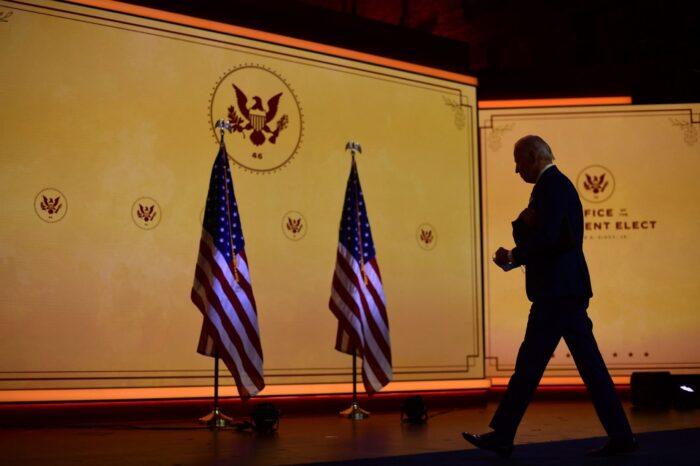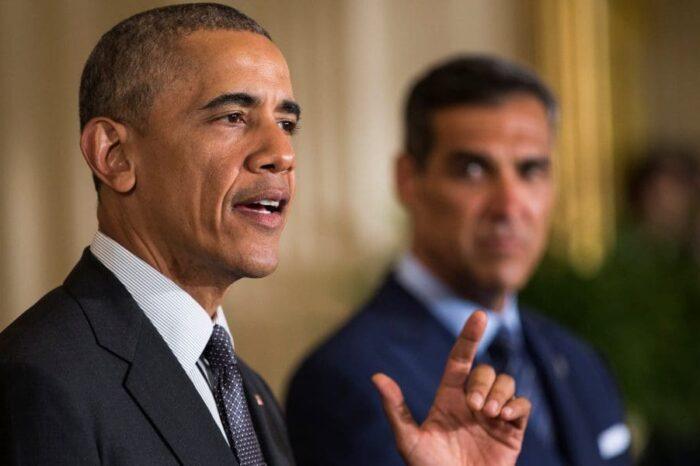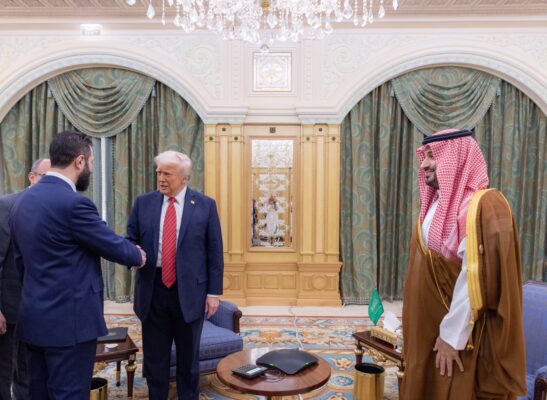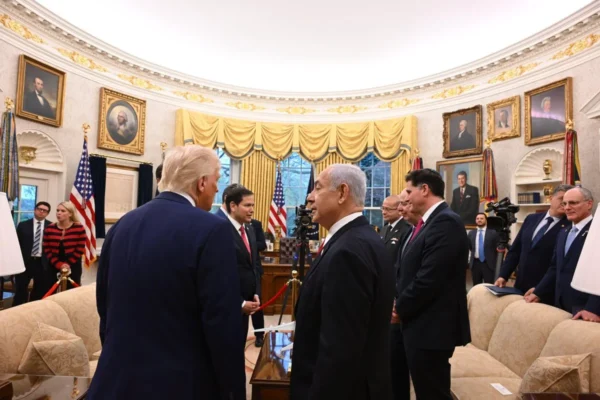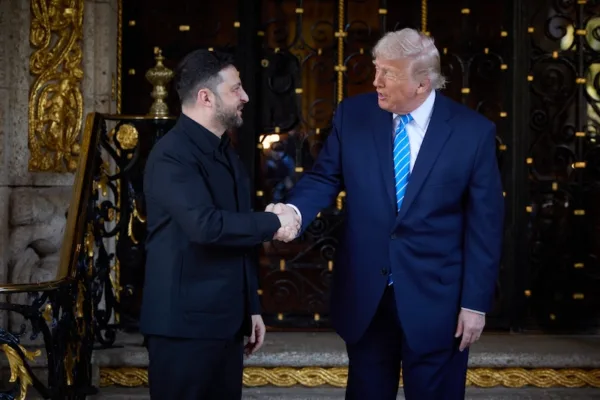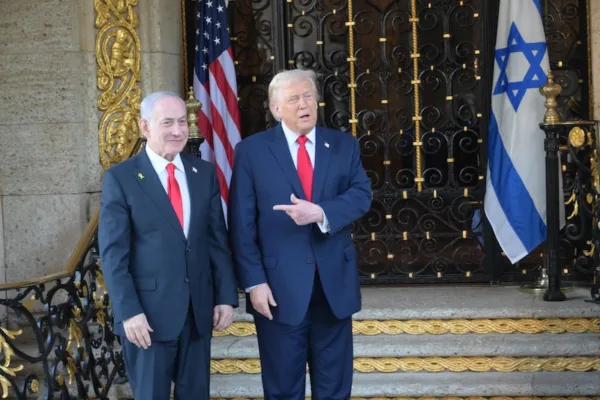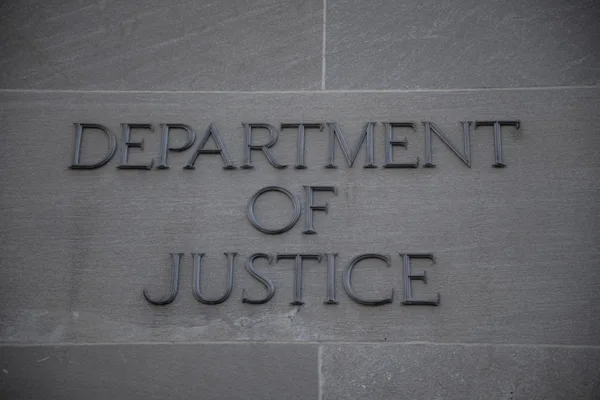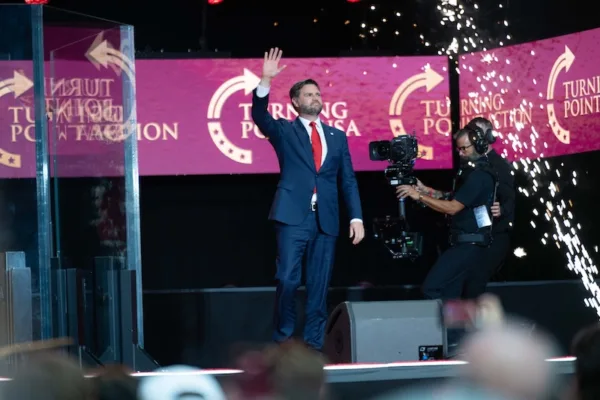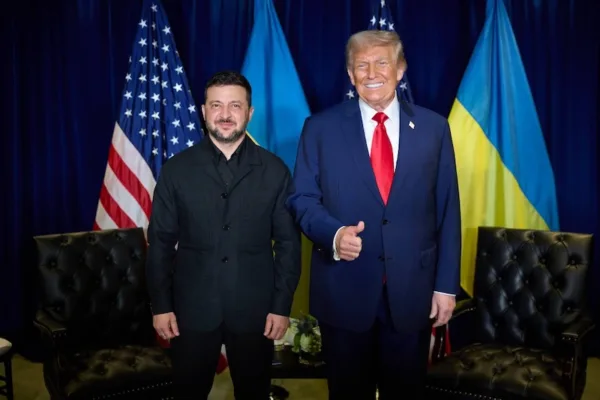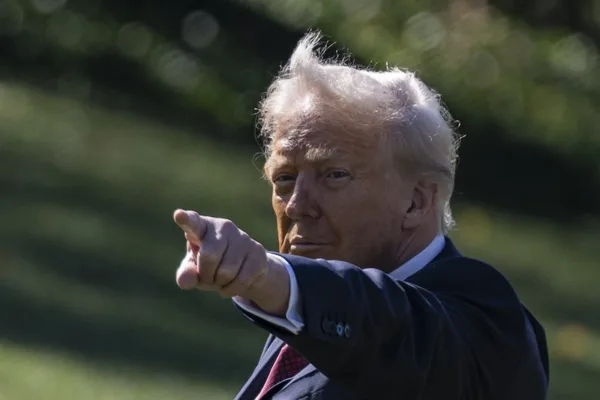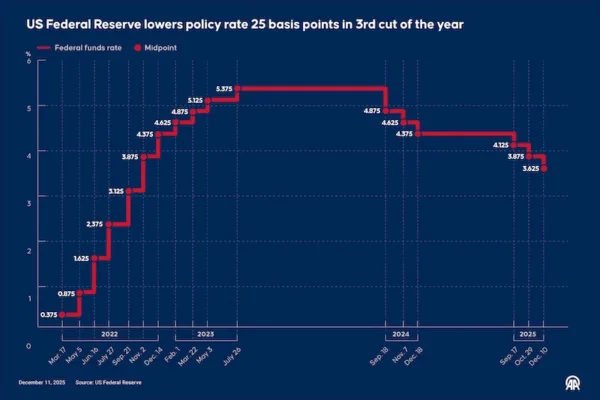Obama’s Strategy Lacks Middle Ground Between ‘Pre-emption’ and ‘Strategic Patience’
President Obama just released his last National Security Strategy Document on Friday. It reveals his administration’s strong commitment in maintaining the fundamental doctrines that have been pursued by the U.S. in foreign policy for the last couple of years
President Barack Obama just released his second and last National Security Strategy Document on Friday. On the same day National Security Advisor Susan Rice presented the document in a speech at the Brookings Institution. Unlike the previous report, there was not much debate in Washington regarding the nature and content of the strategy document. Many already had some idea about the potential tenets of the document.
The 29-page document is less of a document on strategy regarding the future of U.S. foreign and security policy, potential challenges, ways, mechanisms and tactics to manage these problems. It mostly focuses on the things that President Obama and his administration have done over the last six years – because of that some analysts found it extremely self-congratulatory – and that U.S. administration will continue to do most of these things – the most frequently used verb in the document is “continue” – and a wish list of things for the future. Compared to the 2010 document, the new strategy report entailed emerging problems, including the Islamic State of Iraq and al-Sham (ISIS), the Ebola epidemic and more emphasis on climate change. Of course there is sharp difference between the two documents in terms of their approaches to Russia. In the 2015 document, “Russian aggression” was used seven times in addition to several different derivatives of it such as “Russian coercion.” It can be easily seen that President Obama picked fights for the next two years with Russia and ISIS. Of course one has to remember that at the U.N. General Assembly in September 2013, he mentioned the Israeli-Palestinian peace process and the Iranian nuclear deal as two of his priorities in foreign policy, meaning much can change in the next two years. In addition to those, President Obama enumerated eight strategic risks that the U.S. is facing including an attack on the U.S., threats or attacks on U.S. citizens abroad, a global economic crisis, proliferation of weapons of mass destruction, infectious diseases, climate change, energy market disruptions and the threat of failed states.
In the introduction, President Obama provides the concept of “strategic patience and persistence” as a basic requirement to handle challenges to U.S. foreign policy and security. He says that the U.S. has to “make the smart investments in the foundations of” U.S. national power. As part of his idea of “restraint” he cautions about “overreach” and argues for the recognition of “a smart national security strategy” that does not rely solely on military power. These are the concepts and arguments that President Obama utilized in the foreign policy part of his State of the Union address on which he spent less than one-fifth of the entire address to nation. In the State of Union, Obama mentioned smart power and the necessity to use diplomatic means to resolve problems in the world.
It may be because of the Iraq war syndrome and the problems that arise after the invasion that, for the last six years, the administration has been constantly fighting with the ghosts of this war while trying to conduct foreign policy. Every criticism somehow sounds like someone is trying to push the U.S. to the edge of long and costly warfare again. These arguments have been most frequently used in regard to the criticism of his handling of the Syrian crisis. However, President Obama needs to understand that he does not need to constantly reiterate “restraint” while responding to policy recommendations in terms of Syria or Iraq.
Just like President Obama, the American public also stands against another war in the Middle East. Not even the most hawkish Republicans are suggesting a total war against Syria. Just like President Obama many in Washington are against sending ground groups to invade another country. Just like him, many people are asking about what happens “the day after” and may have some responses if they are asked. Neither Americans nor people in the Middle East want another Iraq war. The majority of people in Washington are in favor of finding diplomatic solutions to problems whenever possible. However, most of these people also see that there is not much hope from diplomatic initiatives, such as the Geneva II Conference on Syria. Thus it is not only Obama and his advisers who got the lessons from the war in Iraq. Most analysts, journalists, diplomats and members of Congress learned something about it. Republicans, Democrats and Independents all learned the human, economic and political costs of these types of decisions. And there are definitely not a lot of people in Washington that argue for the reckless use of military force in global politics. Most people are arguing for “smart power” in the U.S. just like President Obama himself. However, smart power necessitates a balanced approach of using diplomatic and military tools at one’s disposal. Smart power requires an effective use of deterrence. To comfort the regime of Syrian President Bashar Assad about the limitation of possible U.S. airstrikes in the aftermath of its use of chemical weapons in television interviews and letting him know the targets so that he can minimize the damage cannot be an example of using smart power. And President Obama can believe that there are definitely not a lot of people arguing for “overreaching.”
President Obama somehow believes that there are only two options for U.S. foreign policy, one that entails the pre-emptive, unilateral and irresponsible use of military force and invading countries with ground troops, which was responsible for the mess in Iraq and alienating allies; or its alternative, one that depends on “strategic patience,” inaction and minimum involvement to developments in the world. However, between these two ends there are different “smart” options that the U.S. can take into account in order to deal with different challenges. While trying to become the opposite foreign policy maker from former President George W. Bush, President Obama is falling into the same trap of low conceptual complexity and increasingly seeing that there is only his way and Bush’s way in terms of handling foreign policy and security challenges. Because of that he is considering “strategic patience” as the only option to deal with the multiple and complex challenges in the world. And when, just like in the case of Syria, “strategic patience” is not bringing any good to the situation on the ground, he is trying to avoid making strong arguments about the conflict in Syria. However, it does not make the conflict and massacres in the country disappear. President Obama needs to understand that “strategic patience” has its costs as well, and when the cost of this strategy starts to cause the killings of hundreds of thousands of people, to damage confidence in U.S. judgment on foreign policy and alienate allies, that strategy needs to change. And the new strategy does not need to be an invasion of Syria and the repetition of the mistakes of the Iraq war. There is some middle ground between these two options, and under the subheading “Prevent Mass Atrocities” in the National Security Strategy document demonstrates why the administration needs to think about what can be in between pre-emption and patience.
It may be a good idea to re-read this part: “The mass killing of civilians is an affront to our common humanity and a threat to our common security. It destabilizes countries and regions, pushes refugees across borders, and creates grievances that extremists exploit. We have a strong interest in leading an international response to genocide and mass atrocities when they arise, recognizing options are more extensive and less costly when we act preventively before situations reach crisis proportions. We know the risk of mass atrocities escalates when citizens are denied basic rights and freedoms, are unable to hold accountable the institutions of government, or face unrelenting poverty and conflict. We affirm our support for the international consensus that governments have the responsibility to protect civilians from mass atrocities and that this responsibility passes to the broader international community when those governments manifestly fail to protect their populations. We will work with the international community to prevent and call to account those responsible for the worst human rights abuses, including through support to the International Criminal Court, consistent with U.S. law and our commitment to protecting our personnel. Moreover, we will continue to mobilize allies and partners to strengthen our collective efforts to prevent and respond to mass atrocities using all our instruments of national power.”
This article was originally published in the Daily Sabah on February 9, 2015.

